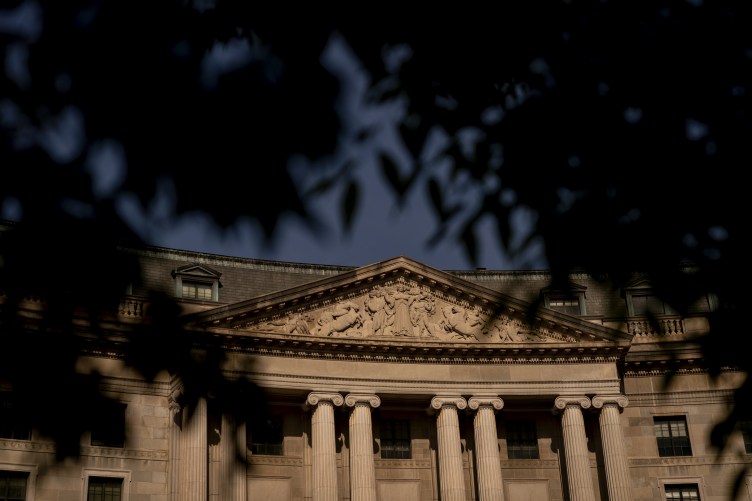âWeâll invest in technology that will allow us to use more coal, Americaâs most abundant energy source, with the goal of creating five first-of-a-kind coal-fired demonstration plants with carbon capture and sequestration.â — Aug. 4, Lansing, Mich.
Proposals
Obama has repeatedly pledged support for âcleanâ coal and storage of carbon-dioxide emissions. He backs a cap-and-trade system that would put limits on carbon-dioxide emissions and allow utilities and other producers to trade carbon allowances, or credits, similar to the system that has helped reduce sulfur-dioxide emissions that cause acid rain. He wants the government to auction these carbon allowances. Buyers, such as utilities, have said they would pass along to consumers the costs of being greenhouse gas allowances. By 2050, Obama wants to reduce greenhouse gas emissions to 80 percent of 1990 levels. This goal is more ambitious than the leading cap-and-trade proposal in Congress but matches a recommendation last month by the Union of Concerned Scientists.
Obama would use some of the auction proceeds to create a $150 billion clean energy fund over the next 10 years. A portion of the revenue would be used to help lower-income Americans with their utility bills and to help state and federal wildlife agencies âadapt to the effects of a warming climate.â
Obamaâs program would provide an incentive for injecting CO2 into existing oil fields for âenhanced oil recovery.â He has promised to develop a database for the purpose of matching carbon-dioxide sources to oil fields. His campaign literature calls for government-private partnerships in five âfirst-of-a-kind commercial-scale coal-fired plants with carbon capture and sequestration.â
Record
Obamaâs record on coal has been mixed. Illinois, his home state, is a major producer. As a state legislator, Obama voted for loan guarantees and bonds to build or expand coal power plants. In the Senate, he voted for the Energy Policy Act of 2005, which contained billions in subsidies for coal power plants but no mandate for CO2 capture and storage. Although he praised the billâs coal provisions, he supported it âreluctantlyâ because it didnât do enough to encourage more fuel efficient cars.
Obama has come under scrutiny for a shifting position on coal-to-liquid fuel technology, which uses carbon sequestration to offset its high level of carbon-dioxide emissions. In 2006, he and Sen. Jim Bunning (R-Ky.) introduced a bill proposing $20 million in grants for the design of coal-to-liquid facilities and $200 million in tax credits for the first 10 plants. Obama later said he would only support subsidies to create fuel with 20 percent lower carbon-dioxide emissions than gasoline.
Contributions
Obamaâs campaign took in $2.1 million from contributors in the energy and natural resources sector, including $671,000 from oil and gas interests, according to the tracking site opensecrets.org.










